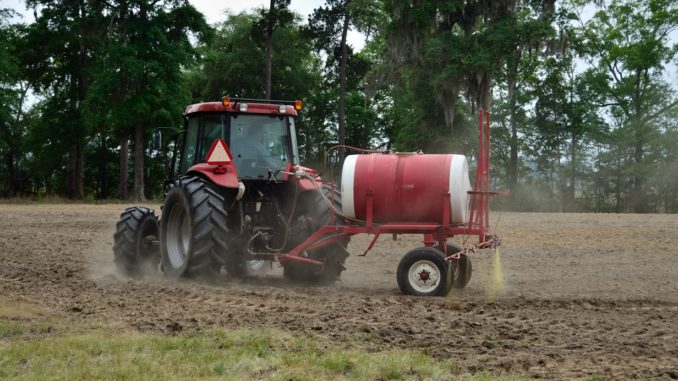
Pre-emergent herbicides are a must for spring planting
Pests challenge farmers and food-plot developers every time seeds hit the dirt. Weeds, grasses and other competing vegetation are the chief pests that will ruin a food plot’s success.
But herbicides can be the farmer’s best friend, and the pre-emergence varieties are worth their weight in gold for developing a luscious, warm-season food source for wildlife.
Herbicides are critical for crop production; few crops are produced without the use of these chemicals. From pre-planting treatments to mid-season application, herbicides are used every day in the farming community. Without delving too deep into college-level chemistry, herbicides are chemical assailants that attack cellular processes within plants. Unwanted plants will quickly die when you disrupt a critical cellular process: blocking cell division, chlorophyll destruction, inhibiting mitotic processes within cell walls, blocking electron transfer, blocking critical enzymes, inhibiting photosynthesis and disrupting protein synthesis — just to name a few.
Acreage slated for food plots will have millions of dormant seeds embedded in the soil and organic matter scattered along the ground. When soil is disturbed by plowing, a selection of these seeds will germinate and begin to grow aggressively, often out-competing planted food-plot seeds. Herbicides must be used to control these competing pests, especially during the spring planting season.
Pretreatment of food plots is always a good plan for establishing warm-season food plots, and there are several pre-plant herbicides available to inhibit non-target vegetative growth.
Before selecting a pre-emergent herbicide, the targeted food-plot seed must be selected first, because pre-emergent herbicides are labeled to control certain types of plant species, and one needs to make sure that the selected food-plot seed isn’t one of the species affected by the herbicide. Pre-emergent herbicides label the plants they control and what plants are benefited. The best action is to examine the herbicide’s label to properly understand what food-plot seed will benefit versus what they control.
In addition to choosing the right chemical, careful examination of the product label is recommended to determine the adequate application rate and the types of plants affected by the chemical. Herbicide labels are comprehensive, with a listing of plants controlled by the herbicide. Additionally, labels will often list crops where the herbicide is labeled for use, as well as the recommended dosage rate per acre. Also, labels will list dangers and necessary human-safety precautions for handling.
For most spring food plots in which legumes and corn are planted, an application of either Prowl H2O (Pendimethalin), Treflan EC (Trifluralin), Dual Magnum (S-Metolachlor)and/or Pursuit DG (Imazethapyr) can produce effective results for the warm-season planting cycle. In some cases, these chemicals can be mixed to produce optimum results. Just make sure to check the labels to make sure the proper pre-emergence herbicide is selected.
If used correctly, herbicides will have a dramatic effect on plot productivity and should always be incorporated into a food-plot program.
Call in the ducks
A productive duck hole can be anything from a beaver pond, waterfowl impoundment or a greentree reservoir. Throughout the winter, ducks flood into the Carolinas looking for energy-rich groceries. Ducks will travel extensive distances to feed on a daily basis. Having a productive meal sitting under a blanket of water will trigger guns a’blasting at sunrise. And spring is prime time to start preparing for next year’s duck season in green tree reservoirs and beaver ponds.
Duck hunters in the Carolinas get the opportunity to take a mixed bag throughout both states. However, in most years, wood ducks make up the majority of the harvest, and wood ducks will generally penetrate flooded forests and beaver ponds for their daily grub.
Wood ducks eat invertebrates and an extensive selection of vegetative matter, including red and white oak acorns, with red oaks being preferred 2-to-1 over white oak acorns. Wood ducks rely on acorns as their primary food source during the winter. Greentree reservoirs and beaver ponds are prime locales for mature oaks with potential mast production for wintering ducks.
While greentree reservoirs provide great winter feeding opportunities, they must be drained from March and November to prevent the trees from dying and encourage acorn production.
Beaver ponds are also great places for duck hunters, and drawing down the water in these impoundments during the growing season will expose the bare soil and stimulate native grass and forb production. Water levels in beaver ponds can be controlled with a Clemson pond leveler — essentially a 20-foot section of PVC pipe and a couple of elbow joints buried at the base of the beaver dam.
Water in greentrees and beaver ponds should be drawn down, but not entirely, during the early spring. From early March into May, newly-hatched ducklings need water and cover near duck boxes and natural nest sites to reduce predation before flight-ready status has been achieved. Additionally, beavers may relocate as well if water levels drop too low and they are unsuccessful at restoring water coverage.
Wood ducks will travel 20 to 30 miles to feed on a daily basis. If landowners can enhance the native feeds on their properties to premium levels, they can potentially draw wood ducks from all over the county and even from the surrounding counties where feeding habitat in other counties is deficient.

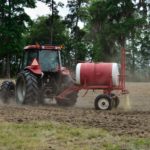
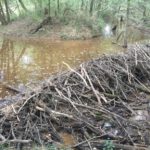
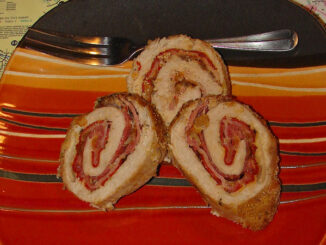
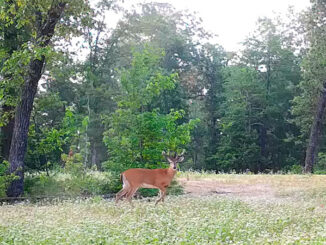
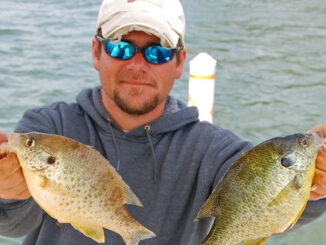

Be the first to comment